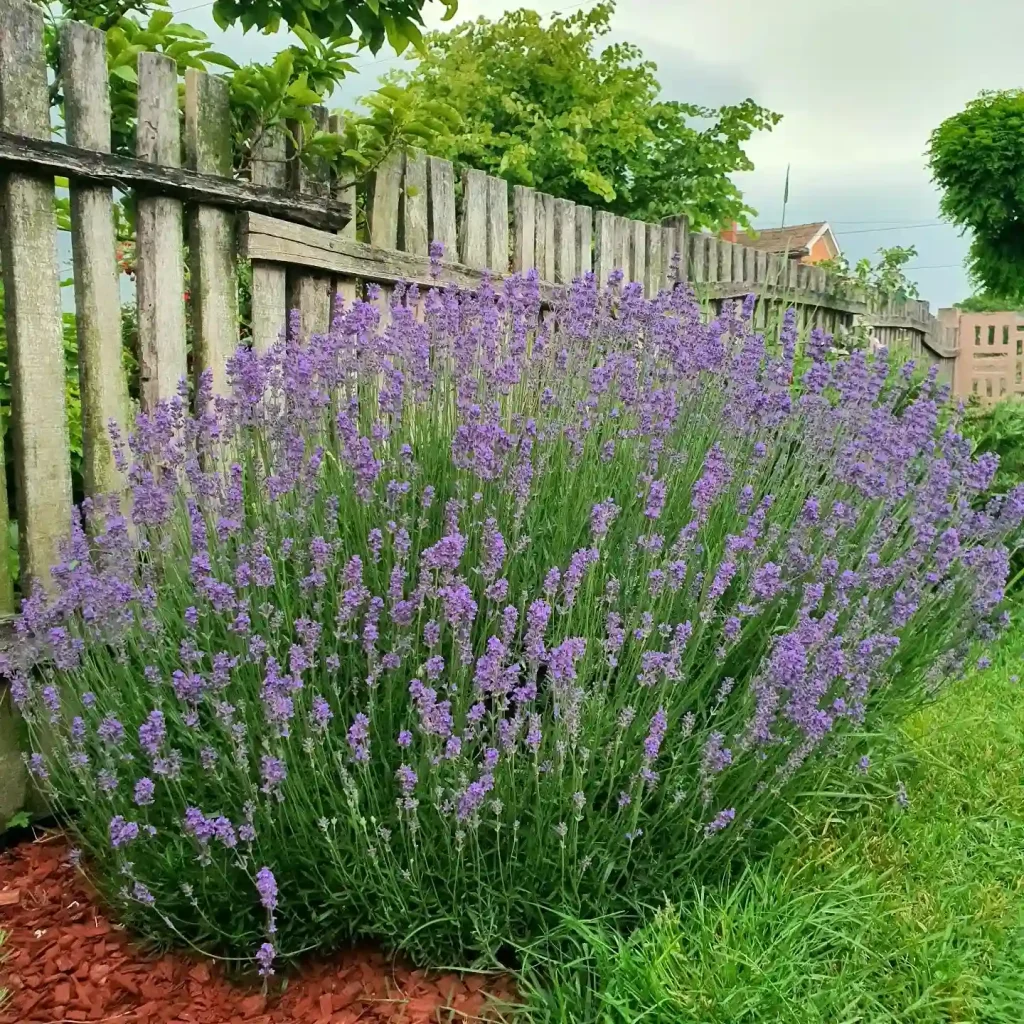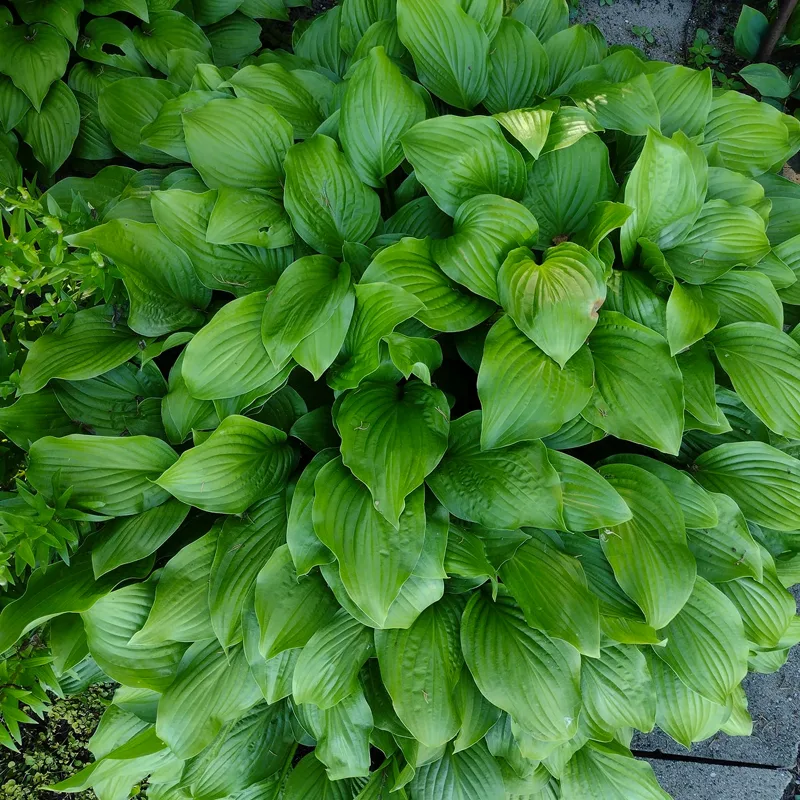
Tagetes lemmonii: A Fragrant and Fiery Addition to Your Garden
As a plant enthusiast, I’m always on the lookout for unique and beautiful additions to my garden. That’s how I stumbled upon Tagetes lemmonii, also known as the Mountain Marigold or Mexican Marigold. This stunning shrubby marigold has captivated me with its vibrant blooms, delightful fragrance, and surprisingly low-maintenance nature.
50 Species in Genus Tagetes
For those unfamiliar with this hidden gem, Tagetes lemmonii boasts bright orange or yellow single flowers that bloom throughout the summer and into fall. But the beauty doesn’t stop there. Its finely divided, mid-green leaves release a wonderful citrusy scent when brushed against, adding another layer of sensory delight to your garden.
Now, you might be wondering where to get your hands on this captivating plant and how to care for it. Worry not, fellow plant lover, because I’m here to share my experience and knowledge about Tagetes lemmonii.
Where to Buy Tagetes lemmonii?
Finding Tagetes lemmonii might require a bit more effort compared to your average garden center marigold. However, the hunt is well worth the reward. Here are a few options to consider:
- Online nurseries: Many online retailers specialize in unique and hard-to-find plants. With a quick search for “Tagetes lemmonii” or “Mountain Marigold,” you’re likely to find reputable vendors offering this plant.
- Specialty nurseries: Local nurseries that cater to serious gardeners often carry a wider variety of plants than big-box stores. Contact them to see if they stock Tagetes lemmonii or can special order it for you.
- Plant swaps and gardening clubs: These gatherings are a fantastic way to connect with fellow plant enthusiasts who might have Tagetes lemmonii in their collections and are willing to share seeds or cuttings.
How to Care for Tagetes lemmonii?
Once you’ve acquired your Tagetes lemmonii, providing it with the right care will ensure it thrives in your garden. Here’s a breakdown of its basic needs:
- Sunlight: This sun-loving plant prefers at least 6-8 hours of direct sunlight daily.
- Soil: Well-draining soil is crucial. Amend your existing soil with sand or perlite if needed to improve drainage.
- Watering: Water deeply when the soil feels dry to the touch, but avoid creating waterlogged conditions. Tagetes lemmonii is fairly drought-tolerant once established.
- Fertilizer: Light feeding with a balanced fertilizer once a month during the growing season is sufficient.
- Winter care: Depending on your climate, Tagetes lemmonii can be surprisingly cold-hardy, tolerating temperatures down to 20°F (-6°C). In colder regions, you can provide winter protection by mulching around the base of the plant.
How to Propagate Tagetes lemmonii?
The good news is that Tagetes lemmonii is relatively easy to propagate, allowing you to expand your collection or share this beauty with friends. Here are two methods you can try:
- Seed propagation: Collect seeds from spent flowers in late fall or early winter. Sow them indoors around 8 weeks before the last frost date. Once the risk of frost has passed, transplant the seedlings outdoors into their permanent location.
- Stem cuttings: Take cuttings from non-flowering stems in spring or early summer. Choose a healthy stem with several nodes and cut it just below a node. Remove the lower leaves and dip the cut end in rooting hormone (optional). Plant the cutting in a pot filled with moist well-draining potting mix. Keep the soil moist and provide bright indirect light. Once roots have established, you can transplant the new plant outdoors.
Pruning Tagetes lemmonii
While not strictly necessary, pruning Tagetes lemmonii can be beneficial to maintain its shape and encourage bushier growth. Here are some tips:
- Prune lightly after the first flush of flowers to encourage new blooms and prevent the plant from becoming leggy.
- You can also prune throughout the growing season to remove spent flowers and maintain a desired size and shape.
- Avoid drastic pruning, as this can delay flowering.
What to Plant with Tagetes lemmonii?
Tagetes lemmonii’s vibrant colors and long bloom time make it a fantastic addition to various garden styles. Here are some ideas for companion plants:
- Herbs: Lavender, rosemary, and oregano complement the citrusy scent of Tagetes lemmonii.
- Salvias: The contrasting colors of salvias and Tagetes lemmonii create a visually stunning combination.
- Butterfly-attracting plants: Tagetes lemmonii attracts butterflies, so consider pairing it with butterfly bush, milkweed, or coneflowers.
- Drought-tolerant plants: Create a drought-tolerant haven by grouping Tagetes lemmonii with succulents like aloe vera, sedum, and yucca.
By incorporating these tips and suggestions, you can successfully cultivate and enjoy the captivating beauty and delightful fragrance of Tagetes lemmonii in your garden. Remember, this low-maintenance shrubby marigold is sure to become a conversation starter and a vibrant addition to your landscape. So, happy planting!
If i die, water my plants!



